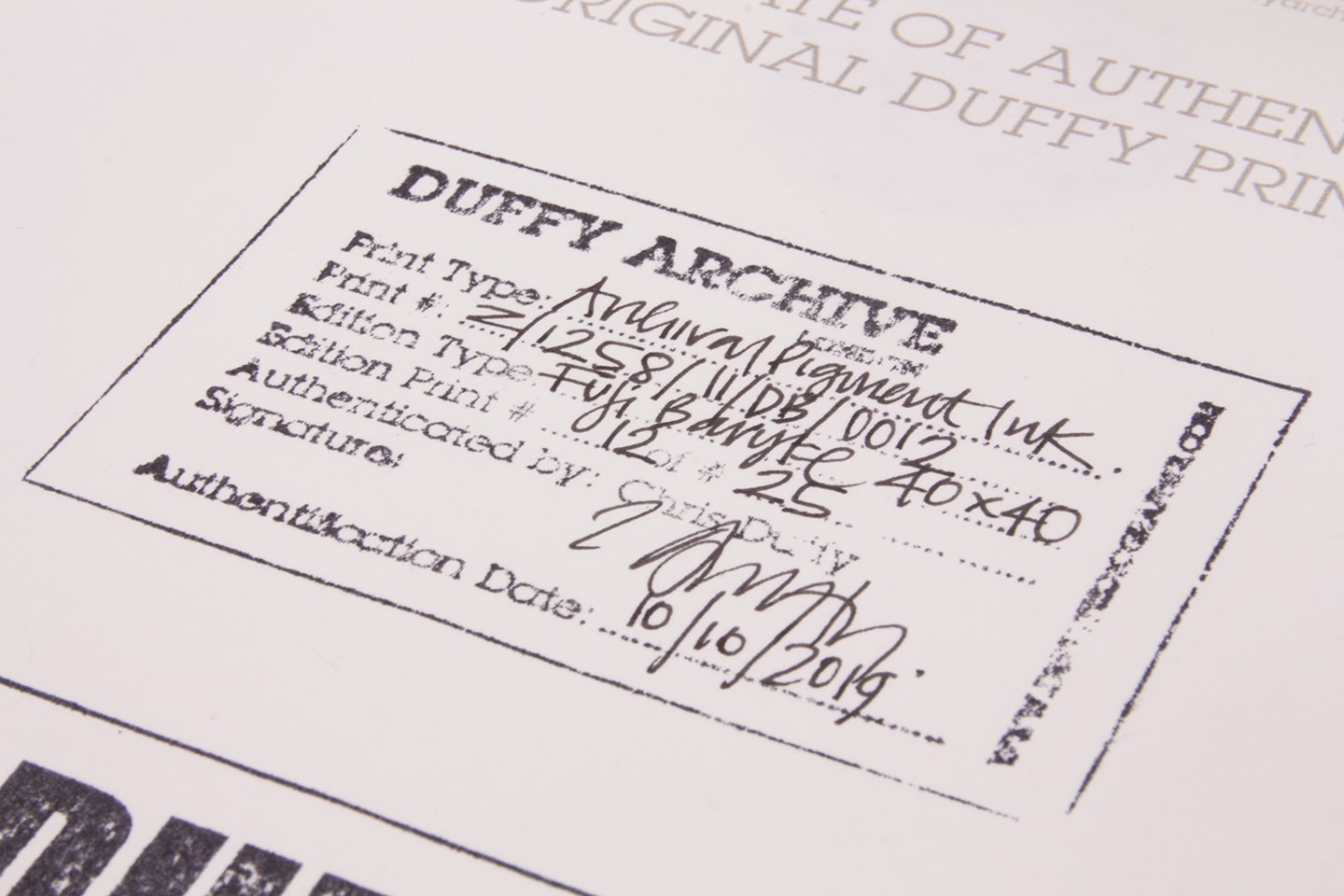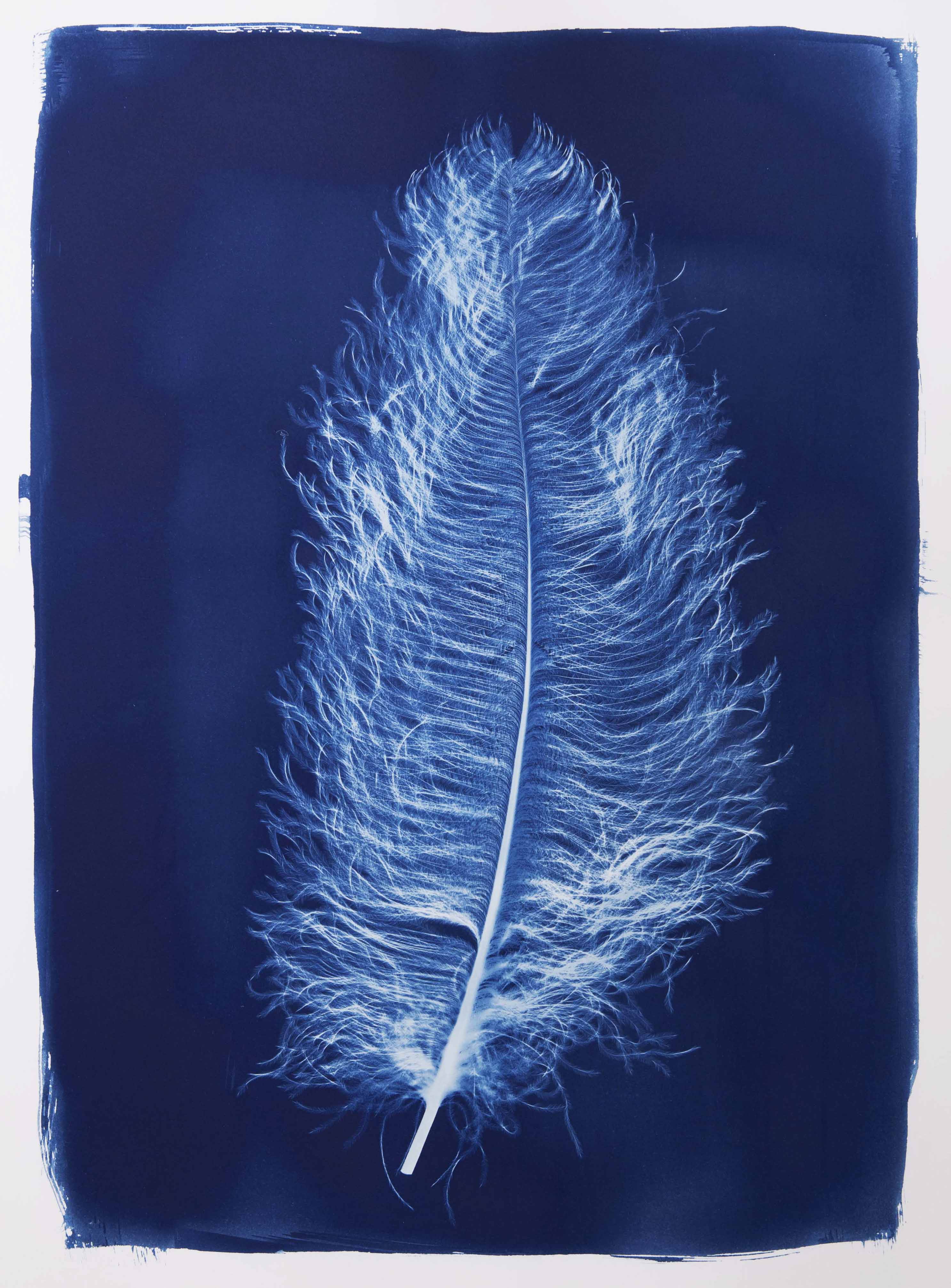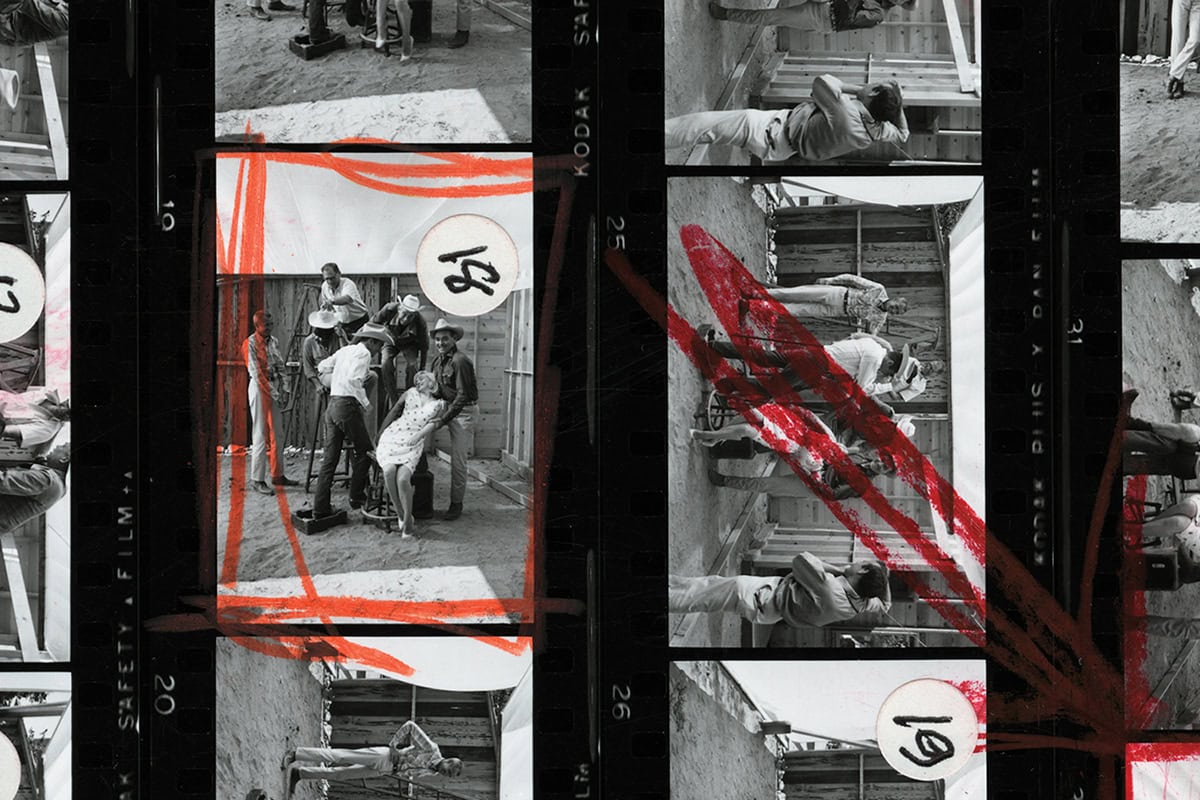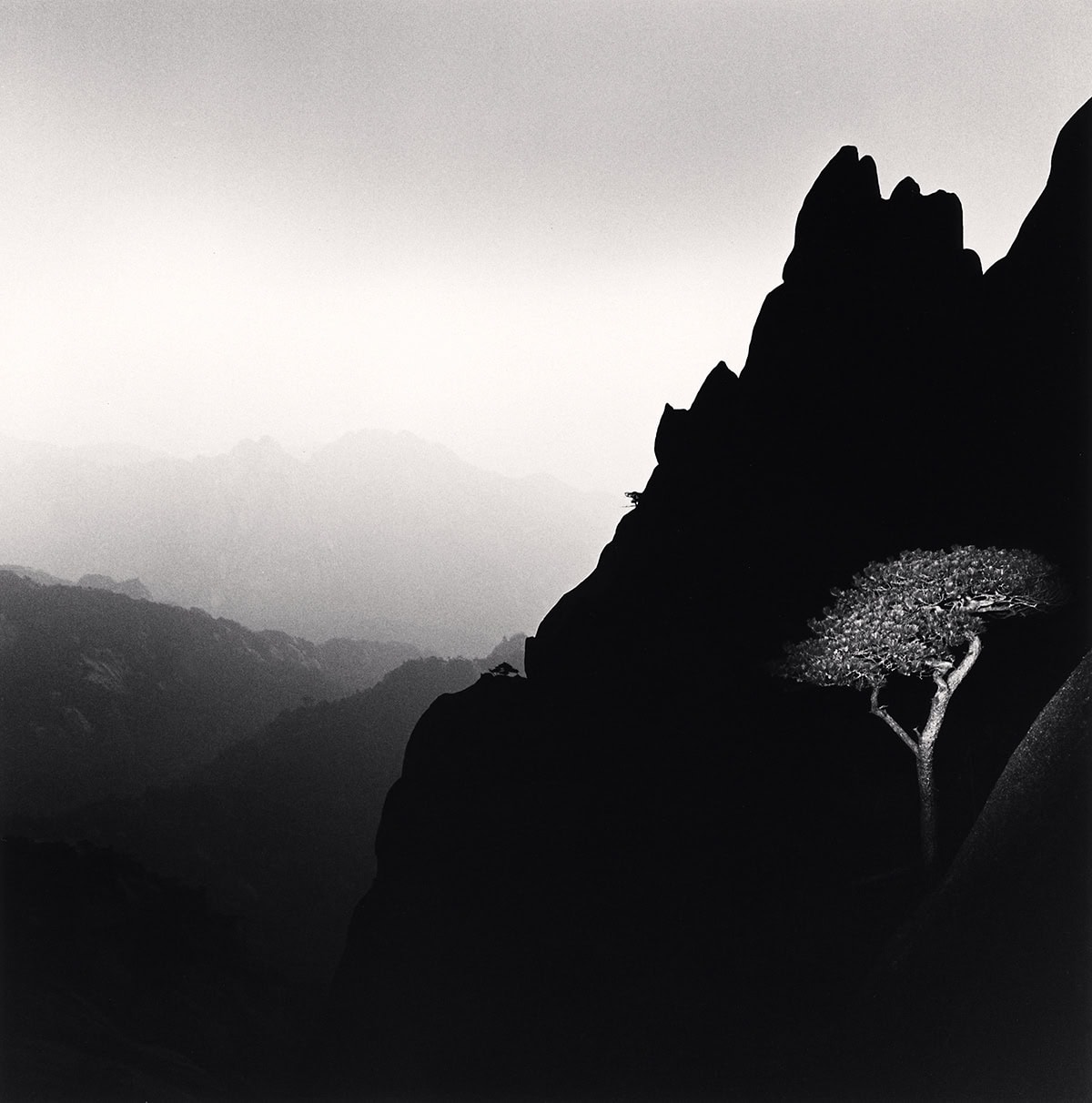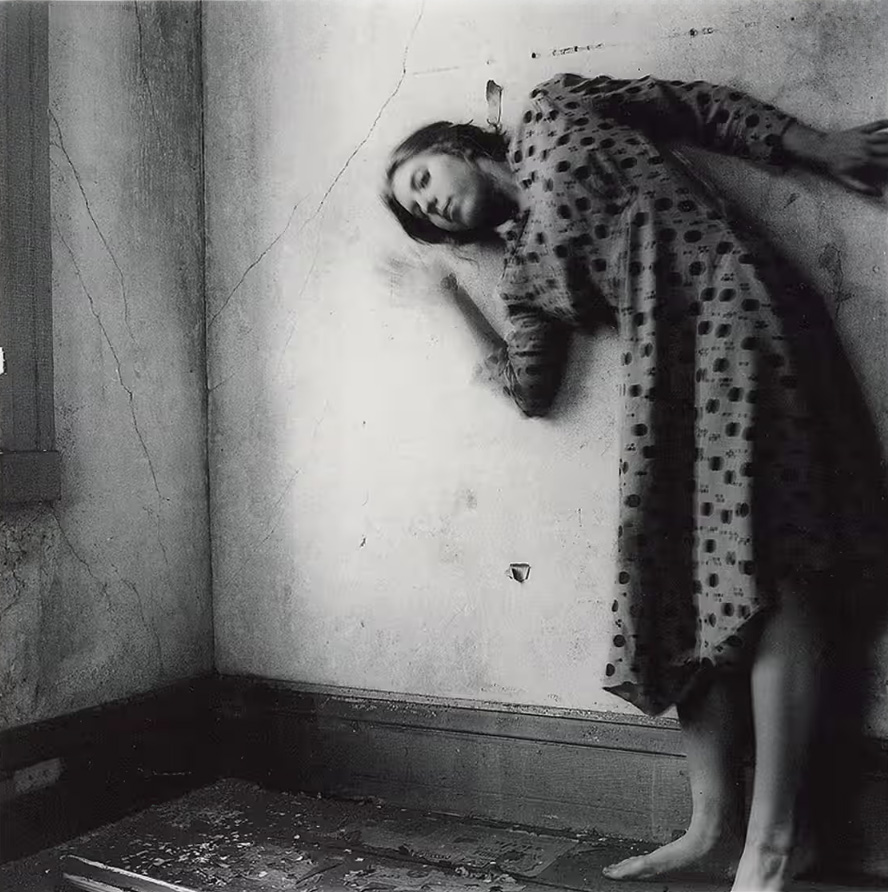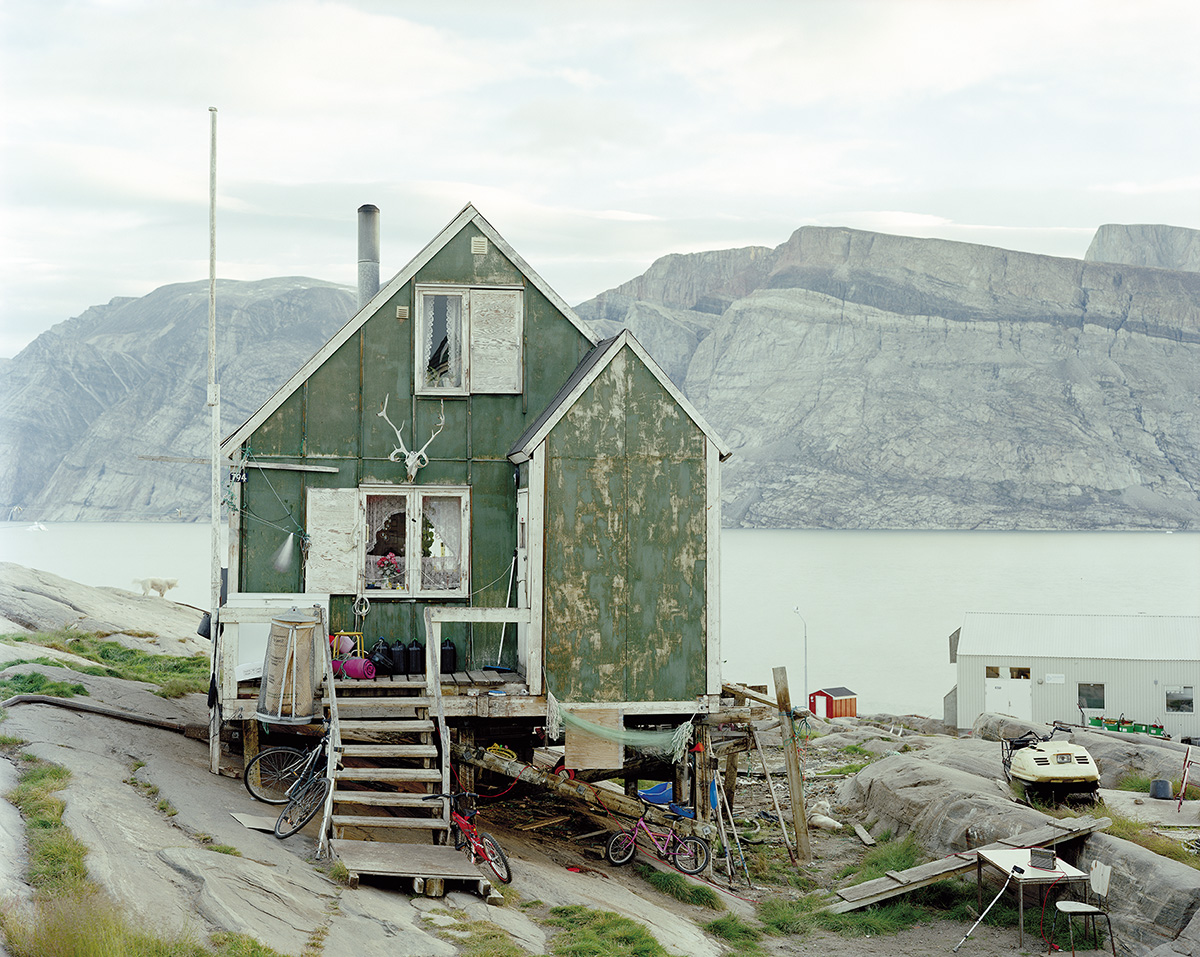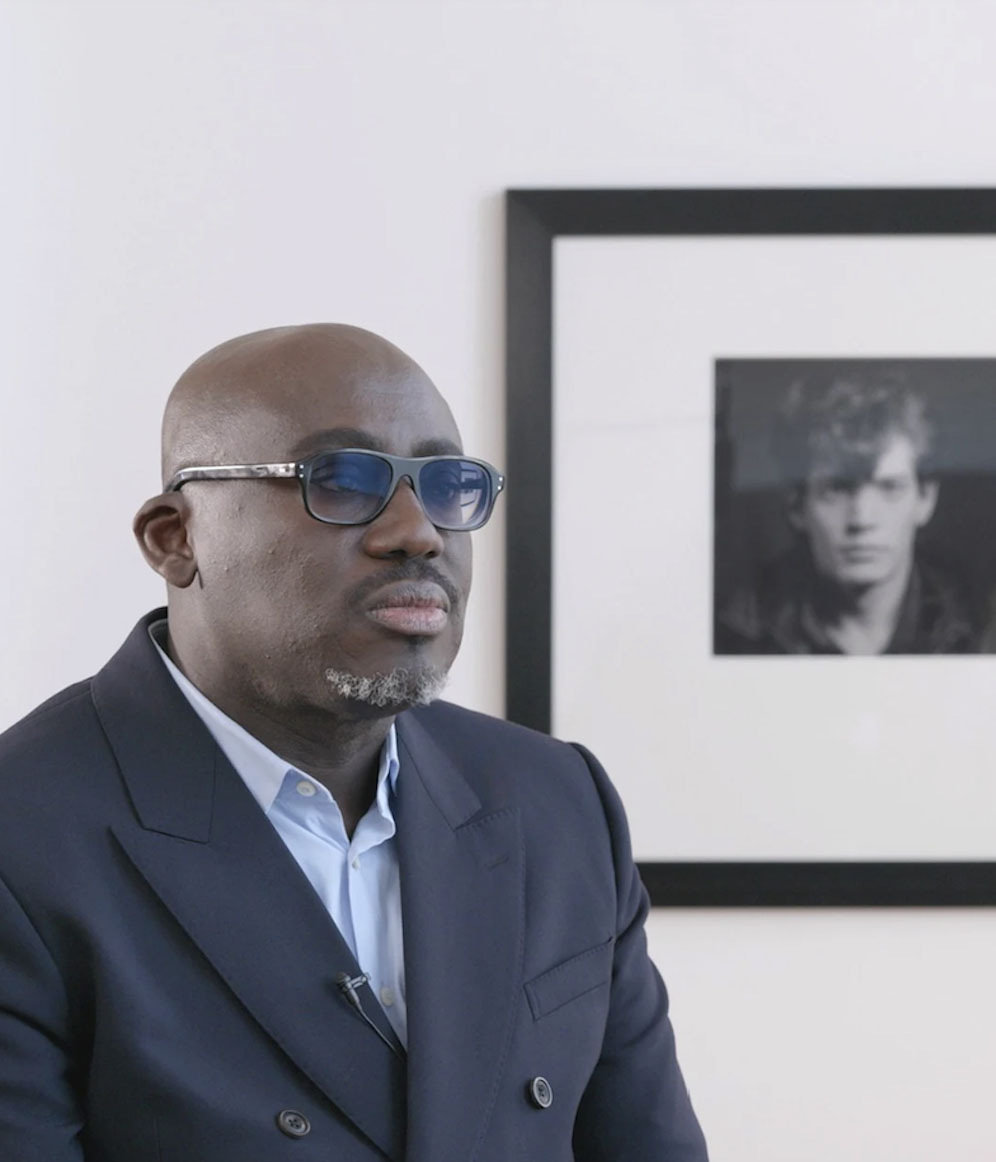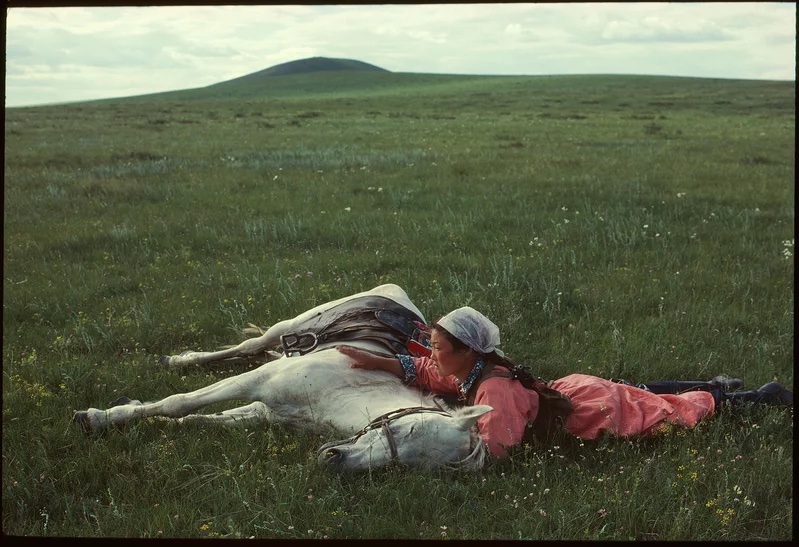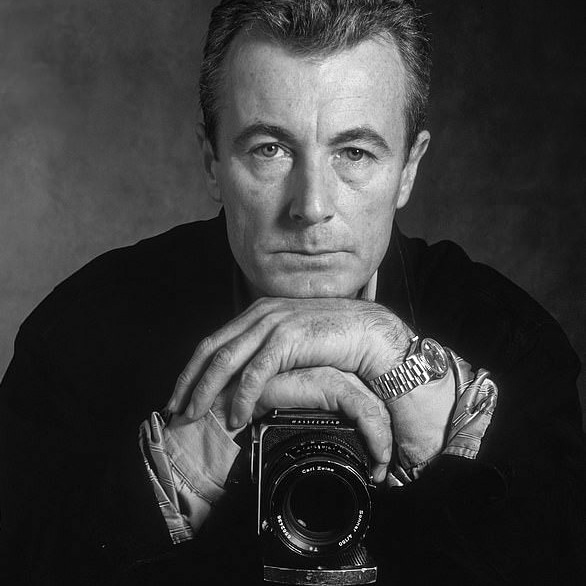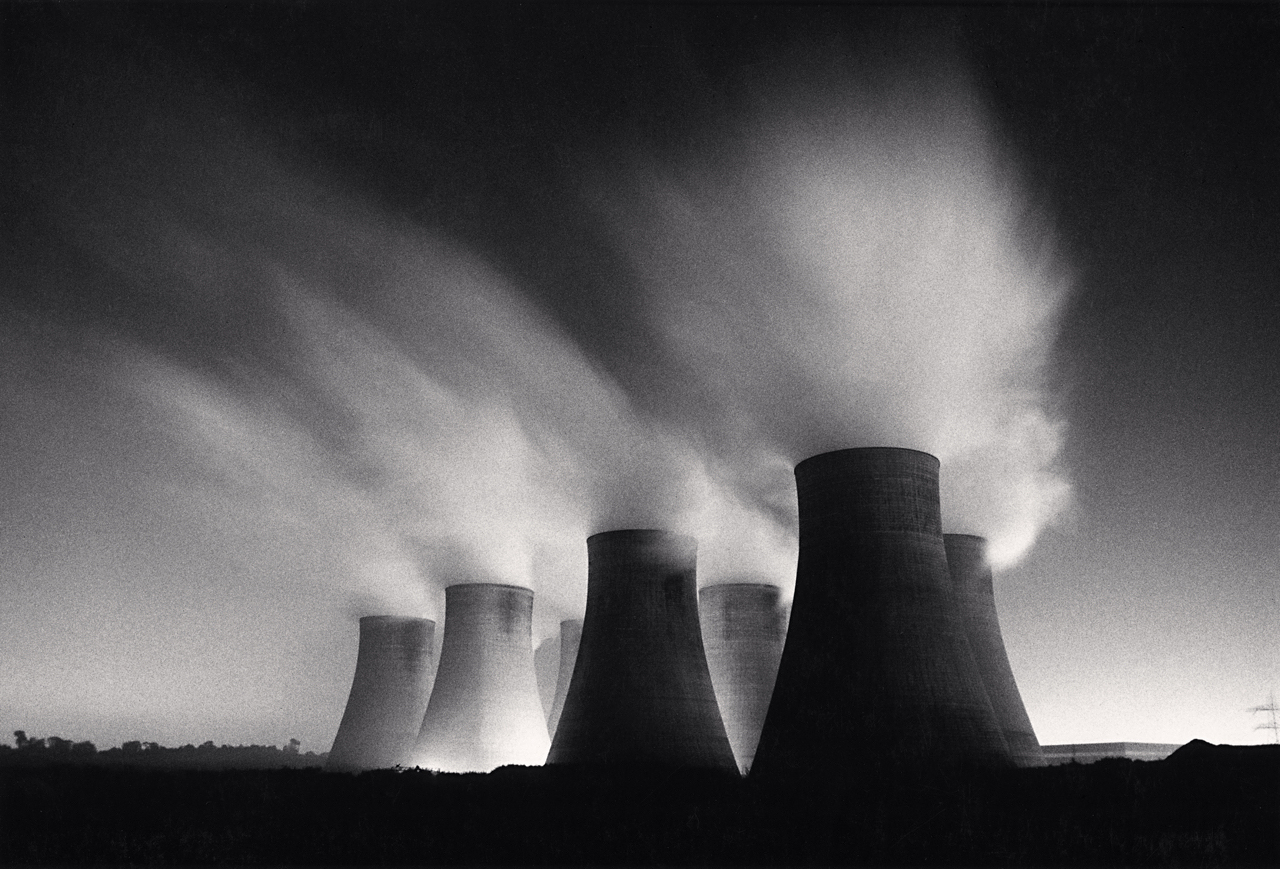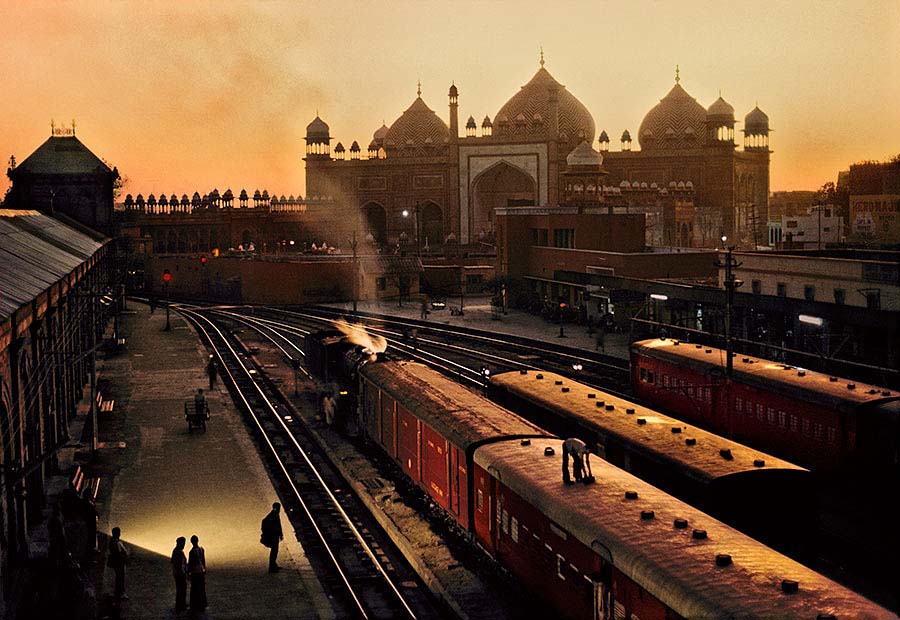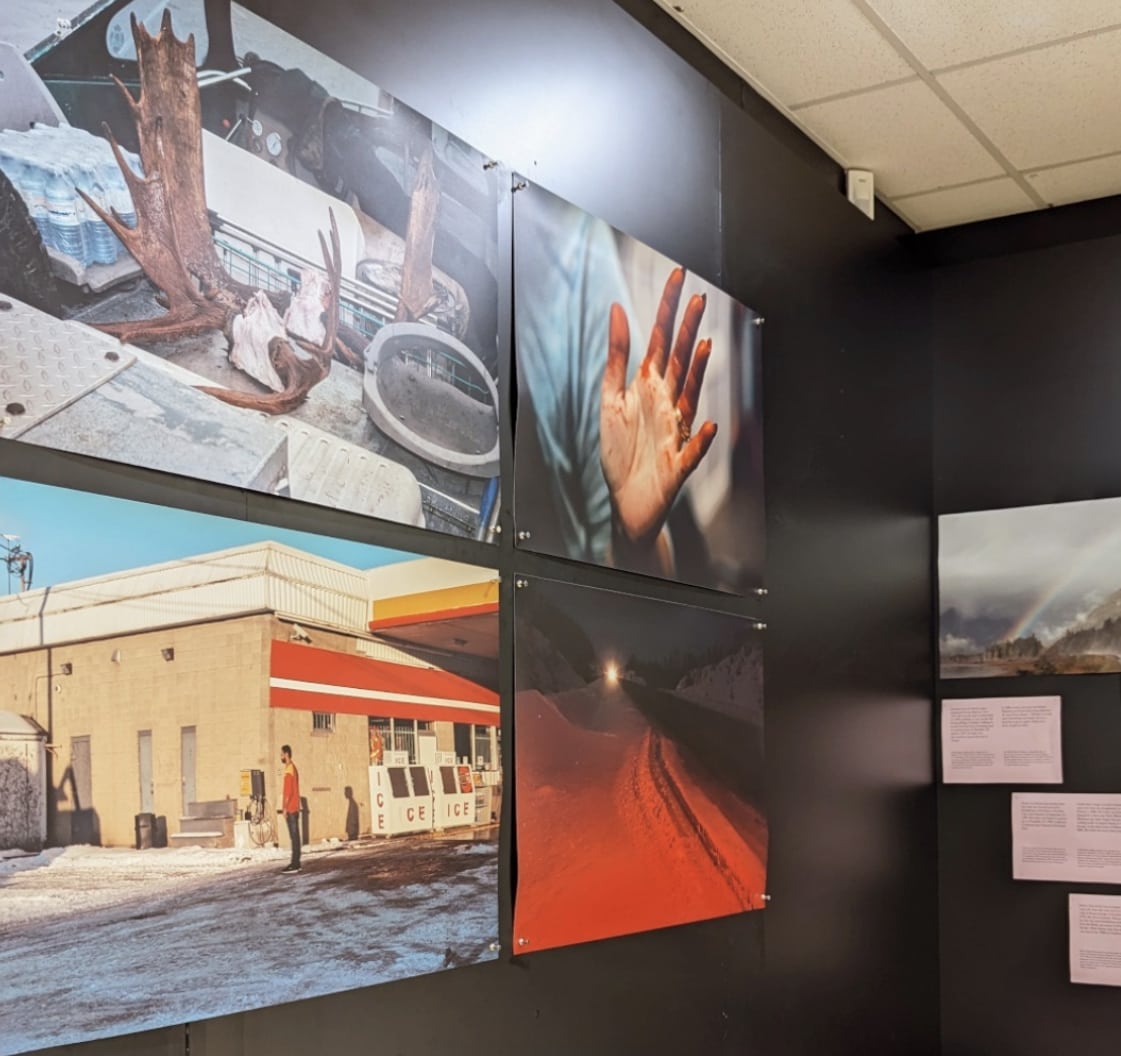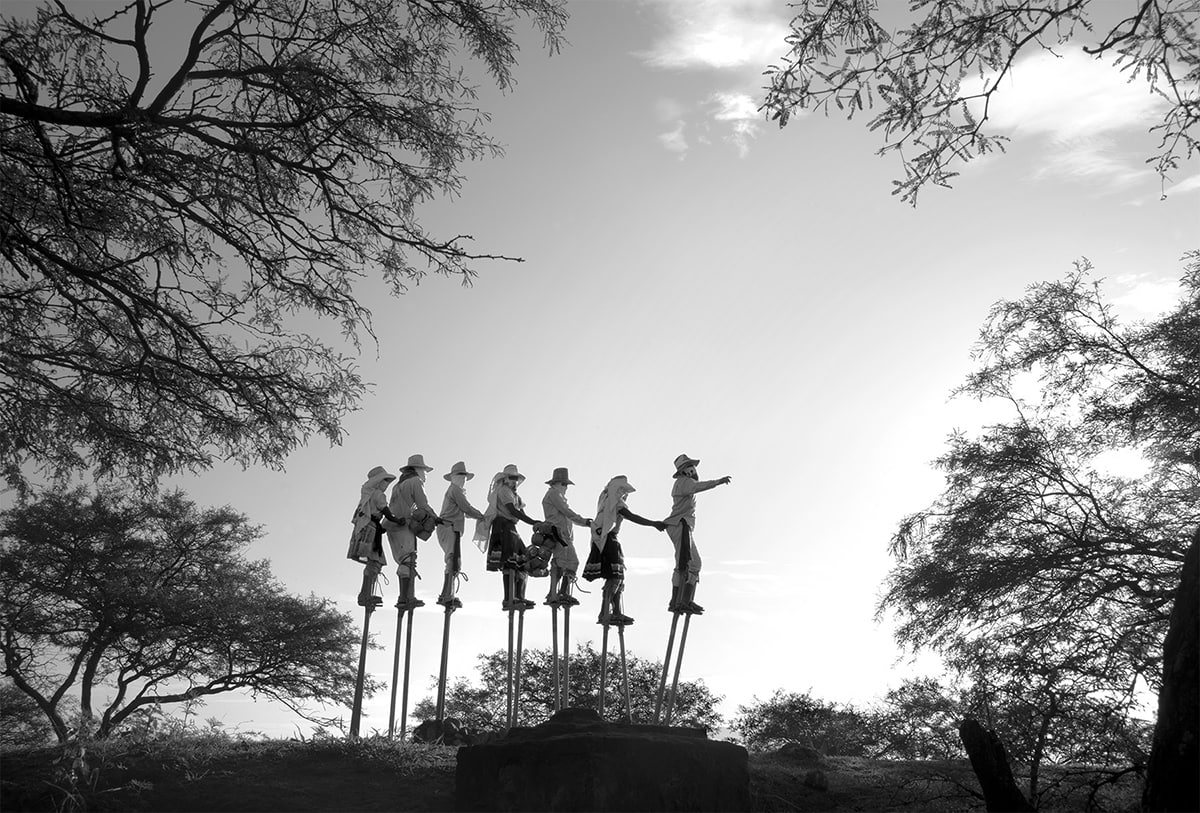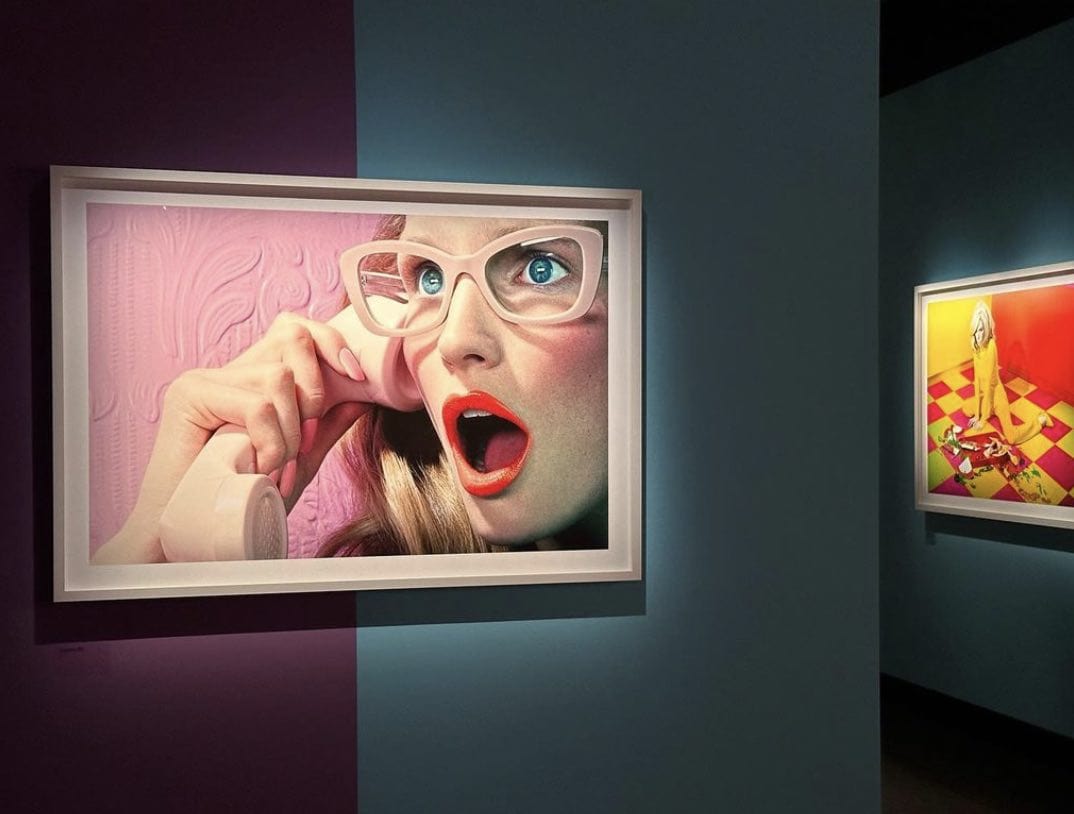How to Collect Photography on a Budget
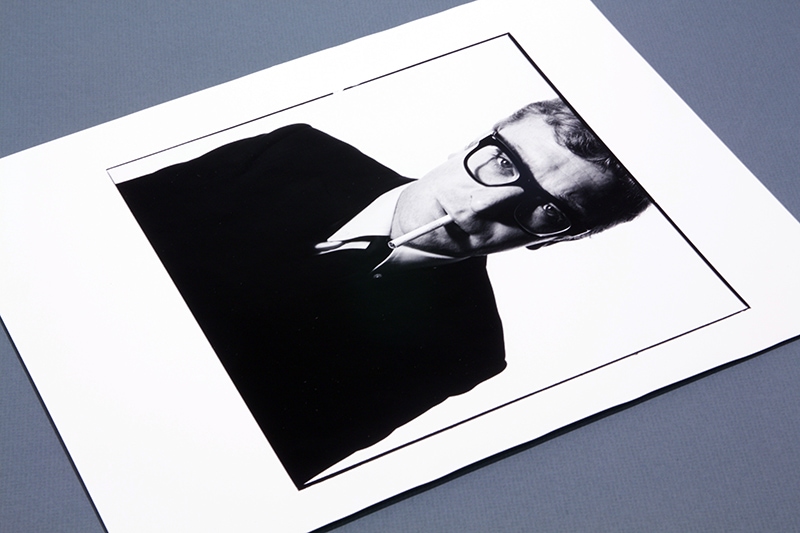
03rd November 2023
At a time when inflation has been at its highest and the price of art is soaring, it might seem like starting a collection is an unachievable dream—or at least one that needs to be put on the back-burner. However, art is not just for the super rich, and there are certainly ways to buy quality works at reasonable prices. You just need to know where to look, and what to be looking for. Collecting photography is a journey, and over time, what may start as a modest collection can grow to become a significant and rewarding part of your life. While it’s smart to be mindful of investment, the number one rule is to buy what you like. That sounds easy, but we know it can be daunting. So here are some tips to help you get started.
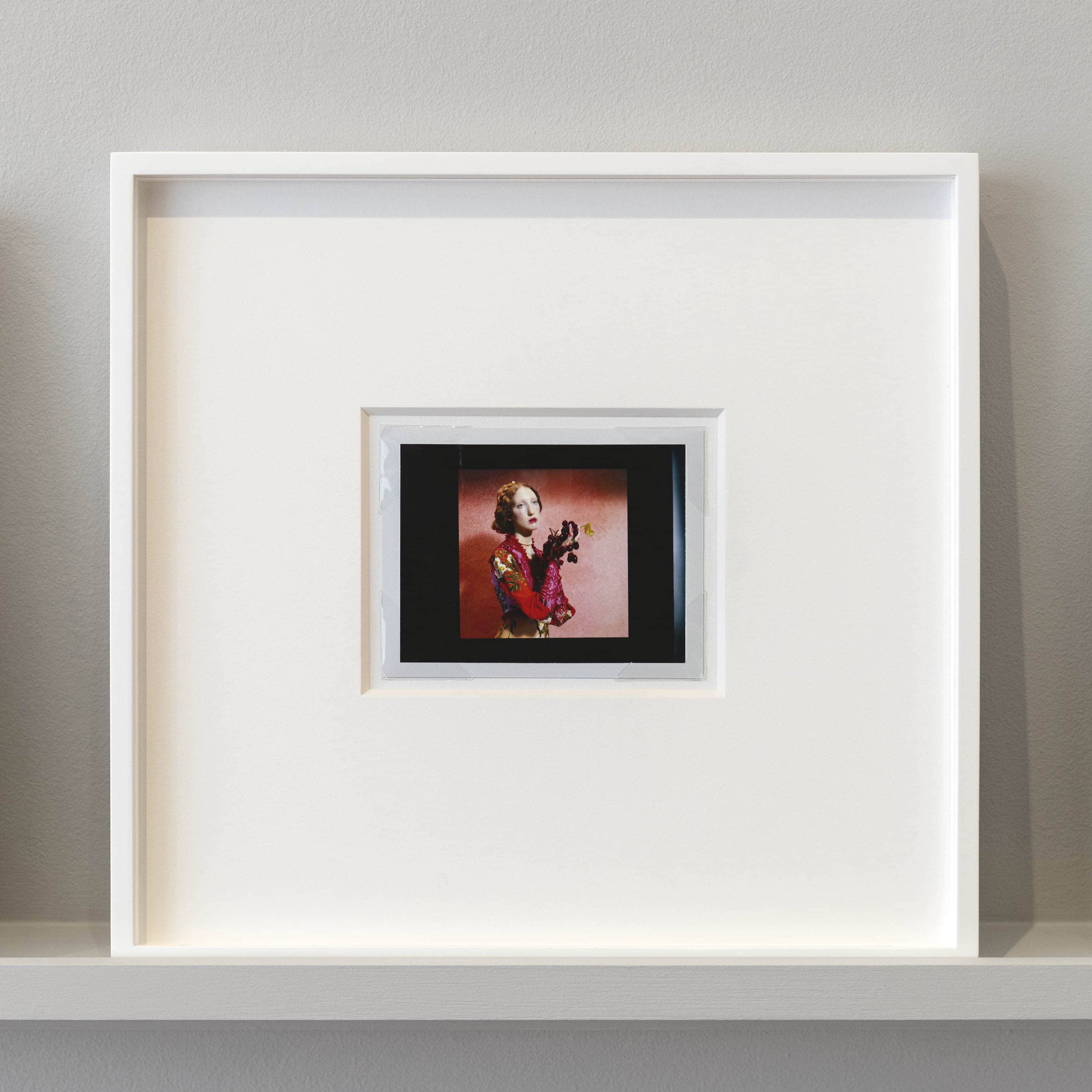
Define Your Interests
Determine what type of photography you’re interested in collecting. Photography is a broad field, and you can collect vintage prints, contemporary photography, documentary photography, or even focus on a specific theme or subject matter. Defining your niche will help you make more informed decisions.
Research
Spend time researching the photographers and styles you’re interested in. Read books, visit galleries, attend photography exhibitions, and explore online photography communities. Learning about the history and context of different photographers and movements will be crucial. Building a collection on a modest budget takes time. So be patient and try to not rush into purchases, be willing to wait for the right opportunities, and always be well-informed about what you’re buying.
Where to Buy From
Commercial galleries and art fairs are an obvious place to start. But here in the UK, there are many opportunities to buy editioned works by contemporary artists from public galleries and museums. Major institutions such as Tate, the V&A and the Royal Academy of Arts are all great places to start. The Photographers’ Gallery, Magnum Photos, Autograph ABP and The Centre for British Photography also offer interesting selections. These editions tend to be by artists who have exhibited at the institution, and are a great introduction to building a collection.
Other ways to find budget-friendly pieces are at local auctions and online marketplaces like eBay and Etsy. When bidding for something you love, it can be tempting to get carried away, so set your limit and be prepared to negotiate.
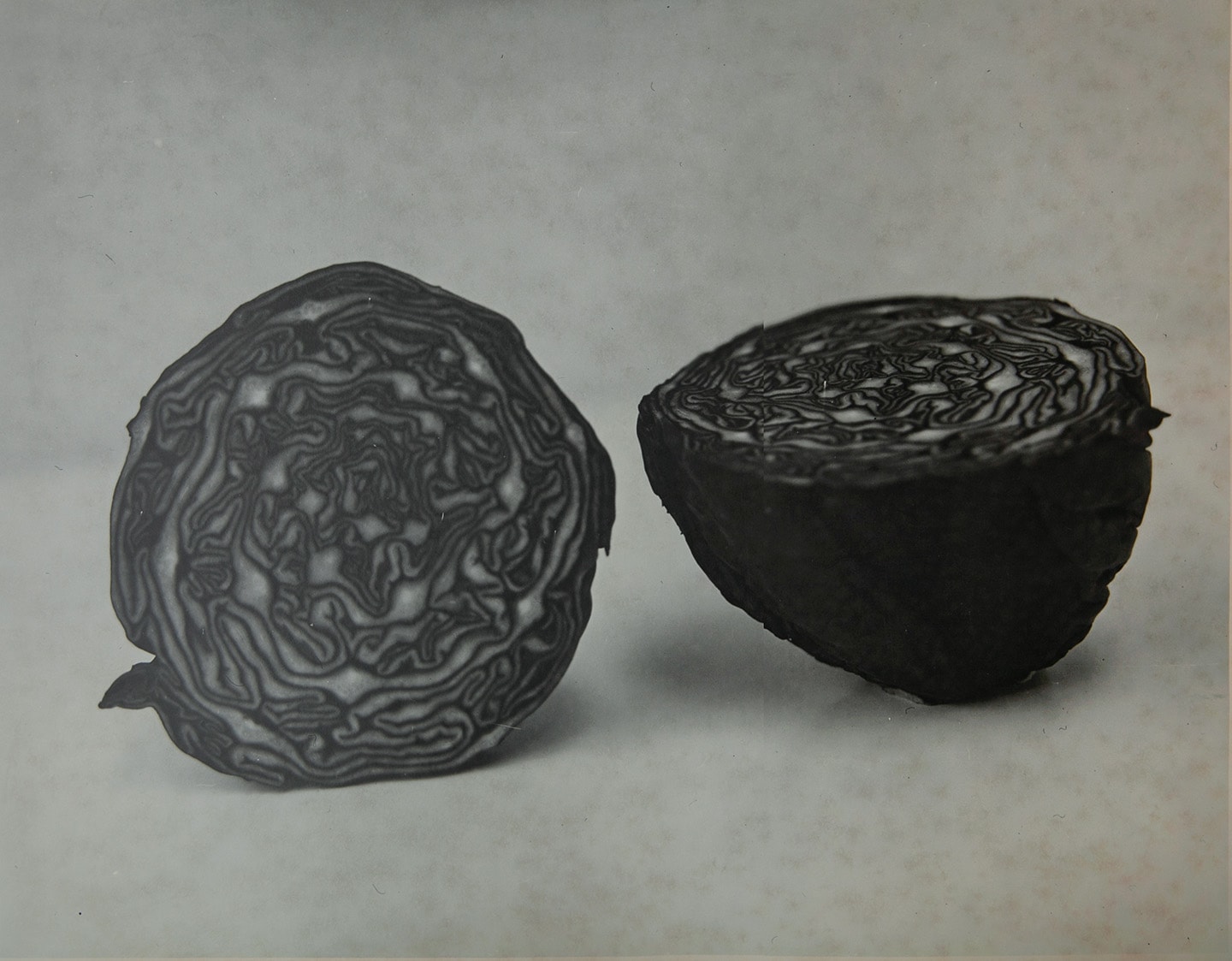
Start With Affordable Pieces
Begin with more affordable pieces before diving into high-value, rare works. Budget-friendly options might include buying prints from larger editions, are smaller in size, or a limited edition book set that includes a special edition print. If you look carefully and do a little research, you can pick up some quality work at a modest price.
Look For Rarity
As your collection grows, be mindful of works that are rare or unique in some way, as opposed to being one of multiple. This is easier to find than it sounds. Rarity can be found in a slight variation or annotation that makes a work unique. The print could be an Artist Proof (AP), a rare press print of a famous image, or it might have been printed in an odd size where only a handful were ever printed. It could also be a polaroid print or a work made from alternative processes, such as a cyanotype or photogram.
Consider Contemporary Photographers
Emerging or lesser-known contemporary photographers can offer more affordable works compared to established, famous photographers. You might discover talented artists whose works will increase in value over time.
Explore Online Photography Communities
Online platforms, forums and social media groups dedicated to collecting photography are great places to connect with fellow collectors, to ask for advice, and discover affordable pieces. Websites like Instagram, Flickr, and photography-specific forums can be valuable resources.
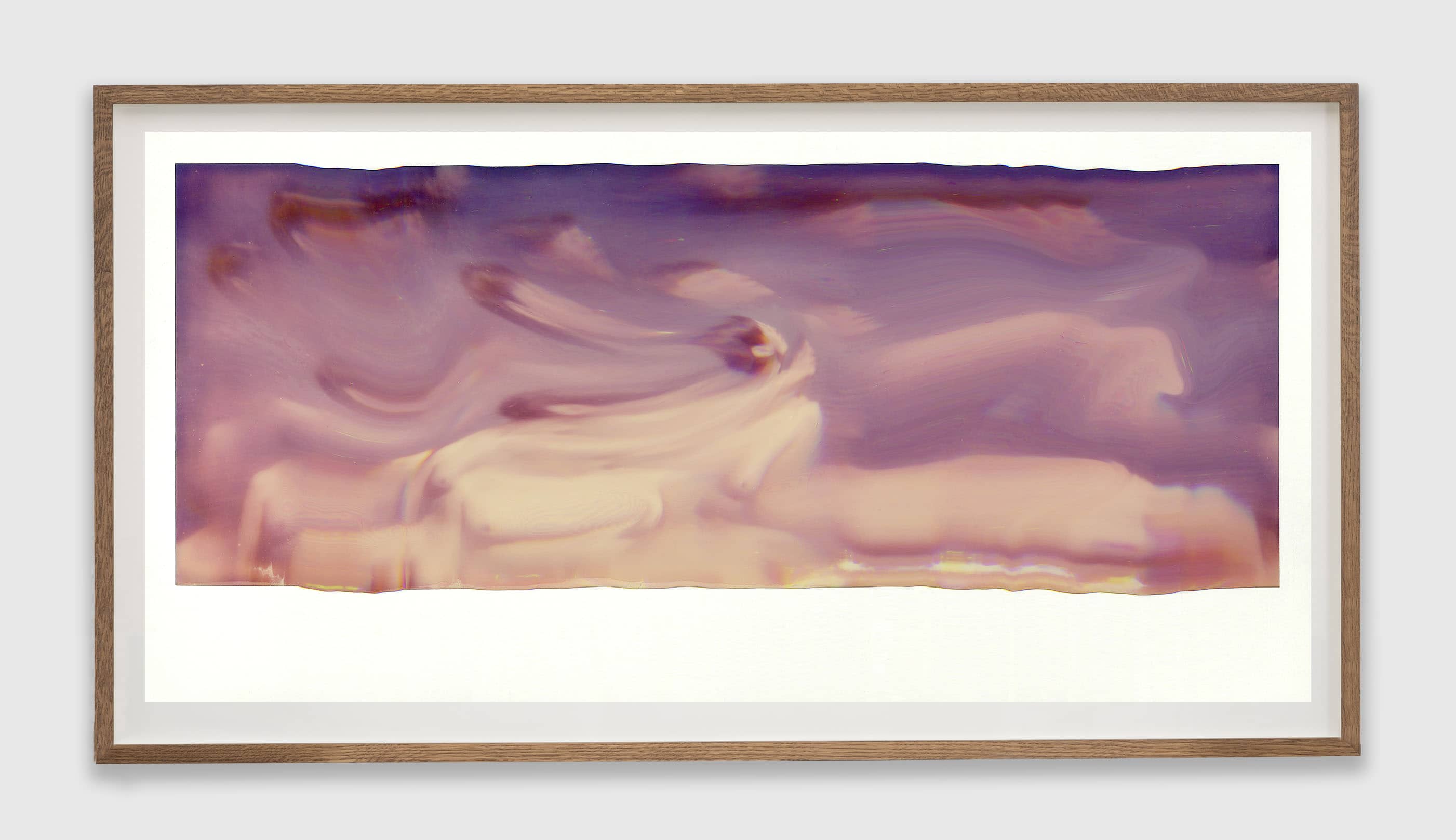
Build Relationships
Connect with galleries, dealers, and photographers. Building relationships with people in the industry can help you find good deals and get insights into upcoming opportunities.
Documentation, Preservation and Display
Keep detailed records of your collection, including information about each photograph, its purchase date, price, and any provenance you have. Cataloging your collection will help you track its value and history. Of key importance is that you properly preserve and display your collection. Hanging the pieces you’ve bought in your home can be the most enjoyable part of collecting, but try to avoid placing a print in direct sunlight, in hot temperatures or damp environments. Similarly, if storing your investments away, make sure they are well-protected, either in tubes or appropriately flat-packed in dry and safe places. Acid-free matting, UVP glazing and other archival-quality framing materials can also protect photographs from deterioration.
Payment Plan Schemes
There are a number of initiatives available today that can help you spread the cost of buying. The Own Art scheme, which partners with Arts Council England, is a great example that many businesses are starting to adopt. Some galleries may also be open to the suggestion of installments – it never hurts to ask!
Read More
Understanding Editions: From APs to HCs
8 months ago
Alternative Processes: A Contemporary Practice
12 months ago
